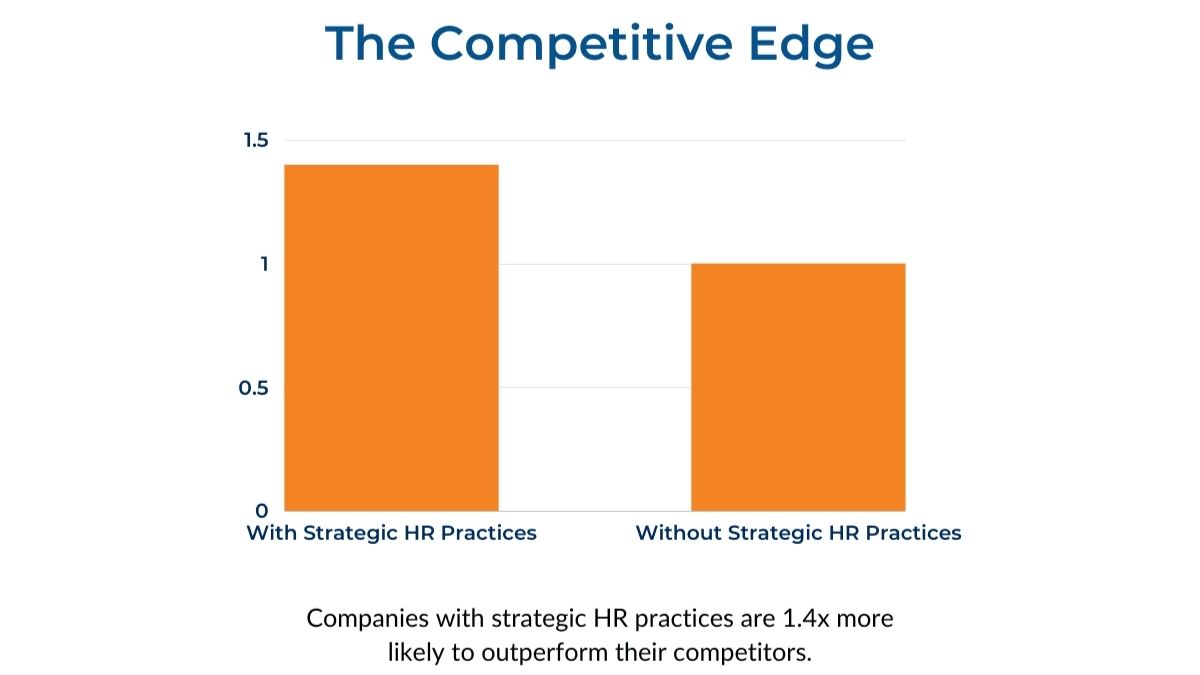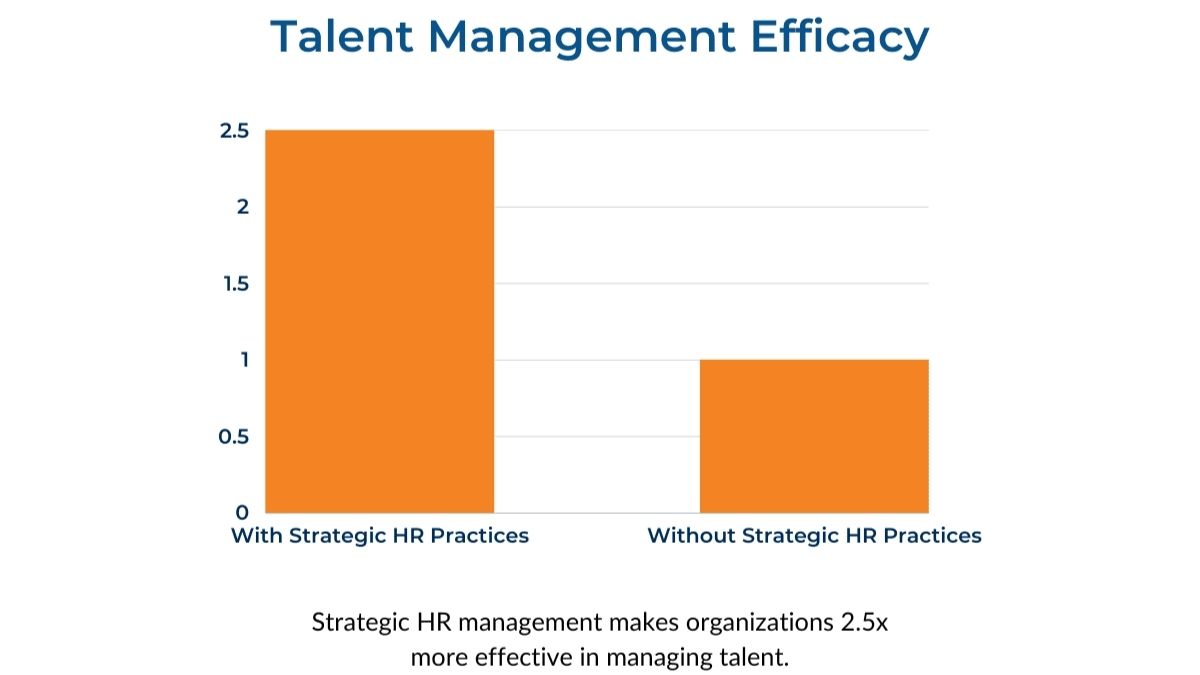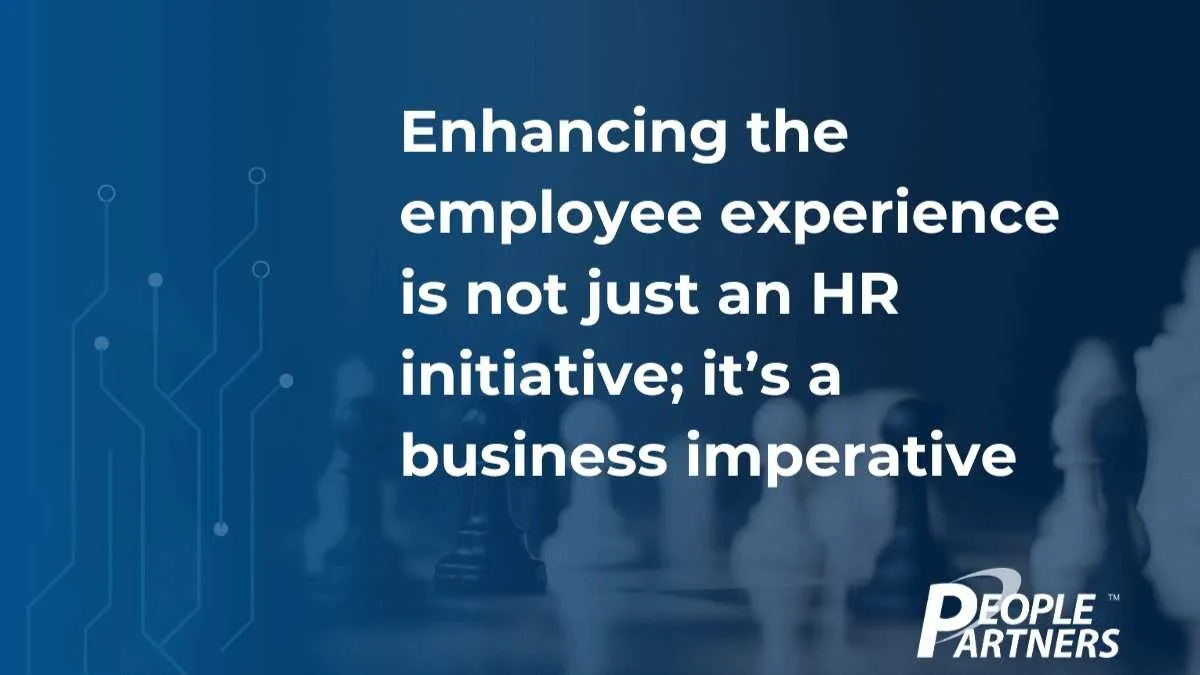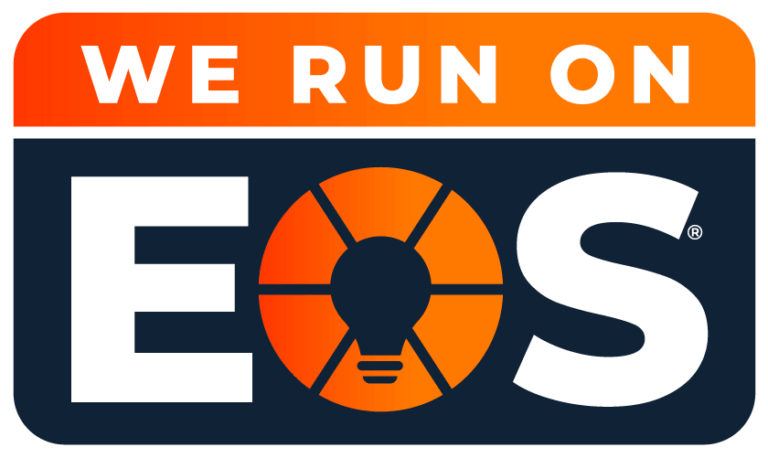If you’ve ever run a marathon, you know that you don’t win in the first kilometer; it’s a series of steps, strategies, and sometimes, a few stitches in your side that get you to the finish line. Similarly, scaling your business to a competitive height is no sprint; it’s a marathon that demands a layered approach to talent management.
Talent management should be like assembling a championship-winning team, not just filling a roster. A powerhouse team brings home trophies; a roster merely fills uniforms. The optimization starts from the hiring process, where attention to minute details can be the difference between good and exceptional performance.
Why Talent Management Matters and How to Foster Loyalty
Having the best product or service in the world means little without the right people to sell, improve, and support it. According to the McKinsey Global Survey, organizations with effective talent-management programs significantly outperform their competitors. Yet, achieving ‘effectiveness’ in talent management is just the baseline. To truly set your organization apart, loyalty must be a cornerstone of your strategy. Research supports this focus on loyalty;
“Depending on the size of your business, the total costs of replacing an employee varies from 30-150% of their salary.”
Employee loyalty isn’t just a feel-good metric; it’s a financial imperative. For instance, a study from Google’s Project Oxygen showcased that psychological safety, a component often cultivated in diverse and inclusive work environments, is among the top factors that contribute to a team’s effectiveness. By fostering a culture that values each individual’s unique contributions, businesses not only reduce turnover costs but also inspire a more dedicated, productive workforce. Programs that boost loyalty don’t just keep employees around—they turn them into brand ambassadors. Investing in these cutting-edge programs, especially those that prioritize diversity and inclusion, can dramatically increase the ROI of your talent management efforts.
Rapid Allocation and Comprehensive Support: Keys to Performance
In today’s fast-paced business environment, time is indeed money. The ability to allocate talent to strategic projects quickly provides a crucial competitive edge. McKinsey’s survey illuminates this, stating that “only 39 percent of respondents say their organizations are fast or very fast at reallocating talent as strategic priorities arise and dissolve—a practice that leads to a 1.4-times-greater likelihood of outperformance.” Yet, the speed of talent allocation often correlates directly with the level of comprehensive support systems an organization has in place.

An effective talent allocation strategy is not an isolated endeavor; it must be backed by robust support mechanisms. Such support can range from streamlined hiring processes to consistent and effective personnel management. These elements are often fortified by technological solutions that automate routine tasks, enabling HR professionals to focus on strategic activities. This comprehensive backing is not merely a facilitator for speed but also serves as an enabler for talent to adapt to various work models—be it remote, hybrid, or office-based. It’s not just about filling roles quickly; it’s about making sure that those roles are filled in a way that allows for seamless collaboration and innovation. Therefore, the equation for outperformance isn’t just about speed, but also about the comprehensive support that enhances adaptability and efficiency.
This refined focus on both speed and support creates an environment where talent can be allocated not just quickly but also effectively, serving as a significant factor in an organization’s overall performance.
HR as Strategic Drivers for Employee Engagement and Talent Management
Your HR isn’t merely an enforcer of policies; they are critical drivers of both employee satisfaction and talent management. McKinsey’s research underscores the importance of a strategic HR approach, indicating that organizations where HR plays such a role are 1.3 times more likely to outperform others. More than just ‘managing,’ they ‘lead’ in talent development and employee relations.
However, it is crucial to understand that the role of a strategic HR team extends beyond immediate responsibilities. Their influence permeates through organizational culture, shaping how employees view their roles, commitments, and contributions. It is not just about achieving numerical targets; it’s about enriching the entire workforce ecosystem.
A strategic HR team aligns with your company’s broader objectives and implements secure, tech-savvy practices to drive performance and protect assets. McKinsey reports that organizations which employ these approaches are “1.4 times more likely to report outperforming competitors and 2.5 times more likely to report the effective management of talent.”


The key here is a holistic approach that integrates employee satisfaction, talent management, and organizational performance. By doing so, HR teams not only contribute to the success of individual employees but also fuel the engine that drives organizational excellence.
Learning from Emerging Markets
Emerging markets can offer unique insights as they routinely excel at foundational aspects of talent management. Deloitte’s study validates this by suggesting that these organizations are particularly good at “offering consistent and fair performance management systems.”
Yet, excellence in foundational aspects should be the starting line, not the finish. The Deloitte report goes on to emphasize that there’s more to talent management than just laying the foundation; it advocates for more real-time feedback systems and a holistic approach to talent management. In the fast-paced business landscape of emerging markets, traditional approaches to talent management often fall short. Real-time feedback and a more dynamic, responsive system can not only enhance performance but also lead to higher employee engagement.

Different markets require different talent configurations, and being culturally agile can set an industry leader apart from a mere participant. This agility transcends beyond just adapting to local cultures; it involves anticipating market shifts, understanding regional consumer behavior, and aligning talent strategy accordingly.
Cultural agility in talent management can be a game-changer, especially in markets that are still forming their business identities. It enables organizations to respond to changes swiftly and efficiently, ensuring that they remain competitive in a landscape that is constantly evolving.
The Bottom Line Impact of Employee Experiences
Let’s talk numbers for a moment. A study from Harvard Business Review revealed that if an average business could move its employee experience metrics from the bottom quartile to the top quartile, they could
“increase their revenue by more than 50%, and profits by nearly as much.”
It’s not merely a quantitative boost; it’s a transformative impact on the business model. While one could easily write off investments in employee well-being as an expensive luxury, leading companies see it as a strategic investment. Take Google and SAS, for instance; their famous investments in employee well-being programs have not only garnered them accolades but have also directly contributed to higher productivity and lower turnover rates.

The numbers don’t lie: enhancing the employee experience is not just an HR initiative; it’s a business imperative. Therefore, companies should consider allocating resources not just for employee compensation but also for programs that significantly improve the work environment, such as training, mentorship programs, and mental health support.
When the employee experience is prioritized, not only does it yield dividends in workforce satisfaction but it also translates into palpable business results. Here, the focus shifts from merely managing costs to creating value. It changes the narrative from an expendable overhead to a strategic advantage that delivers high ROI.
Reimagining HR and ROI Metrics
If HR is still viewed as a cost center, significant ROI is being missed. HR departments must adopt a strategic role, advocating for employee investment based on concrete ROI calculations. HBR articulates this transformation aptly:
“They are not simply a cost to be minimized — as retail, call center, and service employees are far too often thought of by executives — but potentially very high impact investments.”
This shift in perspective is not just beneficial; it’s critical in today’s competitive landscape. By reimagining HR metrics, companies can pivot from short-term gains to long-term value creation. Such an approach opens doors for innovative programs aimed at employee engagement, skills development, and overall well-being, which, in turn, yield higher productivity, lower turnover, and increased customer satisfaction.
Therefore, the role of HR should expand beyond compliance and routine administration. It should venture into the realms of strategy and data analytics, working closely with finance and operations to quantify the ROI of human capital. By doing so, organizations move away from viewing employees merely as costs and start recognizing them as their most valuable assets, capable of driving extraordinary results.
Navigating Forward: Preparing for Your Talent Management Future
The marathon toward scalable, sustainable success is far from over. Your talent management strategy plays a critical role in how quickly and efficiently you reach your milestones. Finding the right partnership can elevate this journey, turning it from a struggle into a series of triumphs. A talent management partner that provides exceptional talent for high performance and customized solutions offers more than just staffing; they offer a strategic advantage tailored to your unique needs.
To further bolster your marathon strategy, look for a partner that brings comprehensive people management and administrative backing to the table. This ensures that the administrative and logistical aspects are taken care of, allowing you to focus on core business activities. With the added benefits of unmatched savings, secure expertise, and adaptable work models, your business is not only protected but also primed for growth. These elements pave the way for reinvestment in strategic areas and empower your team to function optimally, regardless of the work environment—be it remote, hybrid, or office-based. As you cross each finish line, remember that it represents not the end, but a new beginning for further scalable achievements.

REFERENCES
- How to calculate your employee turnover costs – https://hhr.com.au/costs-of-employee-turnover/
- Winning with your talent-management strategy – https://www.mckinsey.com/capabilities/people-and-organizational-performance/our-insights/winning-with-your-talent-management-strategy
- How a well-designed talent experience can drive growth in emerging markets – https://www2.deloitte.com/us/en/insights/topics/talent/designing-talent-experience-for-better-business-outcomes.html
- Research: How Employee Experience Impacts Your Bottom Line – https://hbr.org/2022/03/research-how-employee-experience-impacts-your-bottom-line


